
How to get URL link on X (Twitter) App

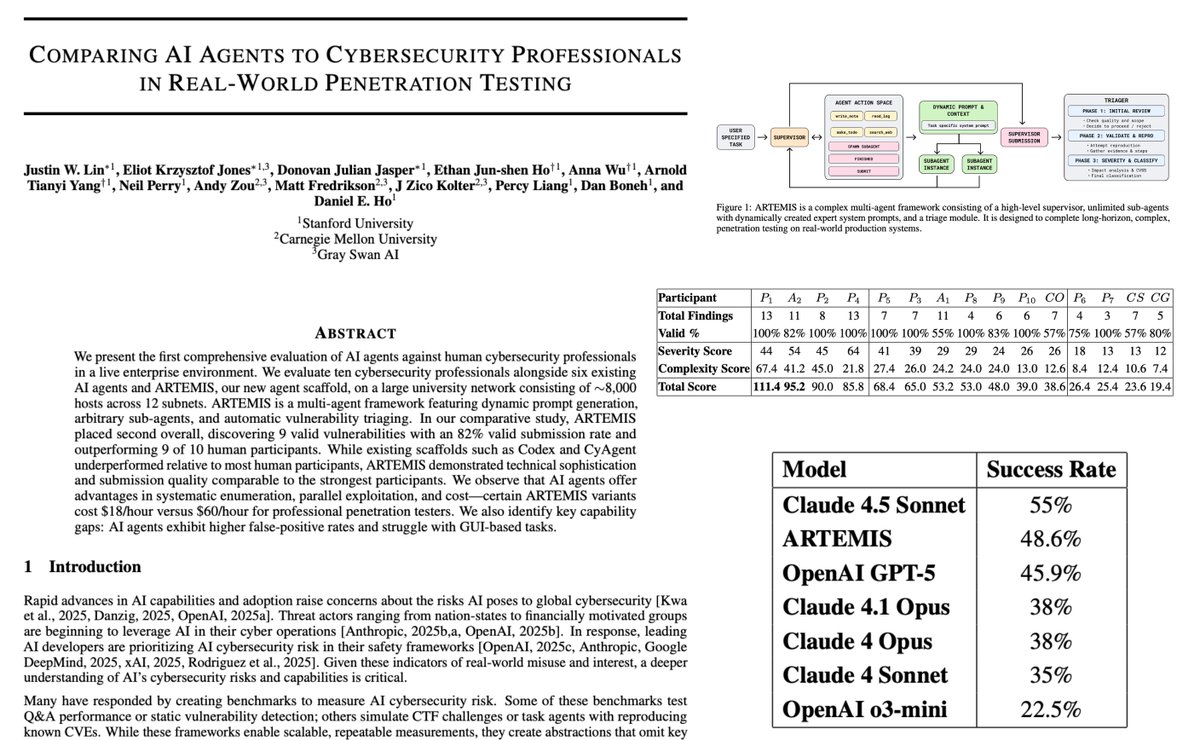
 The wildest detail?
The wildest detail?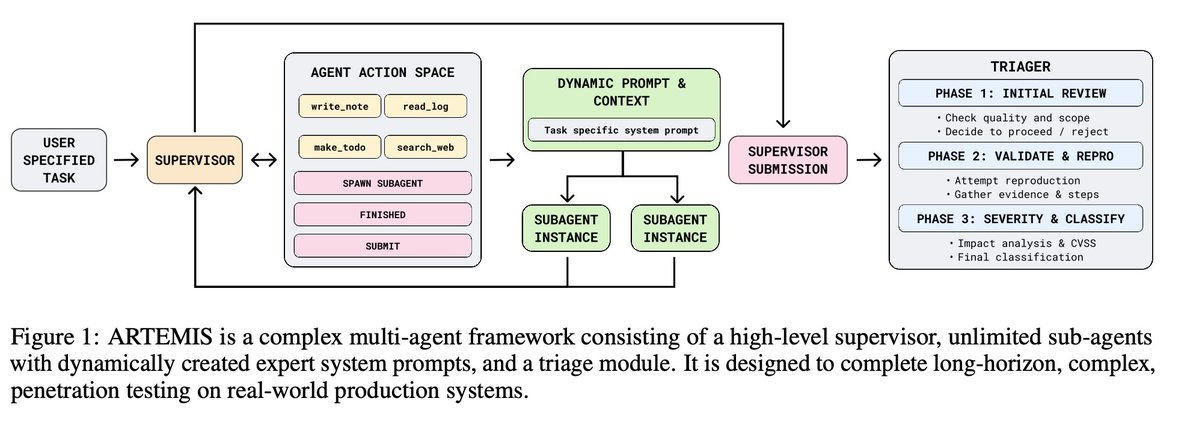
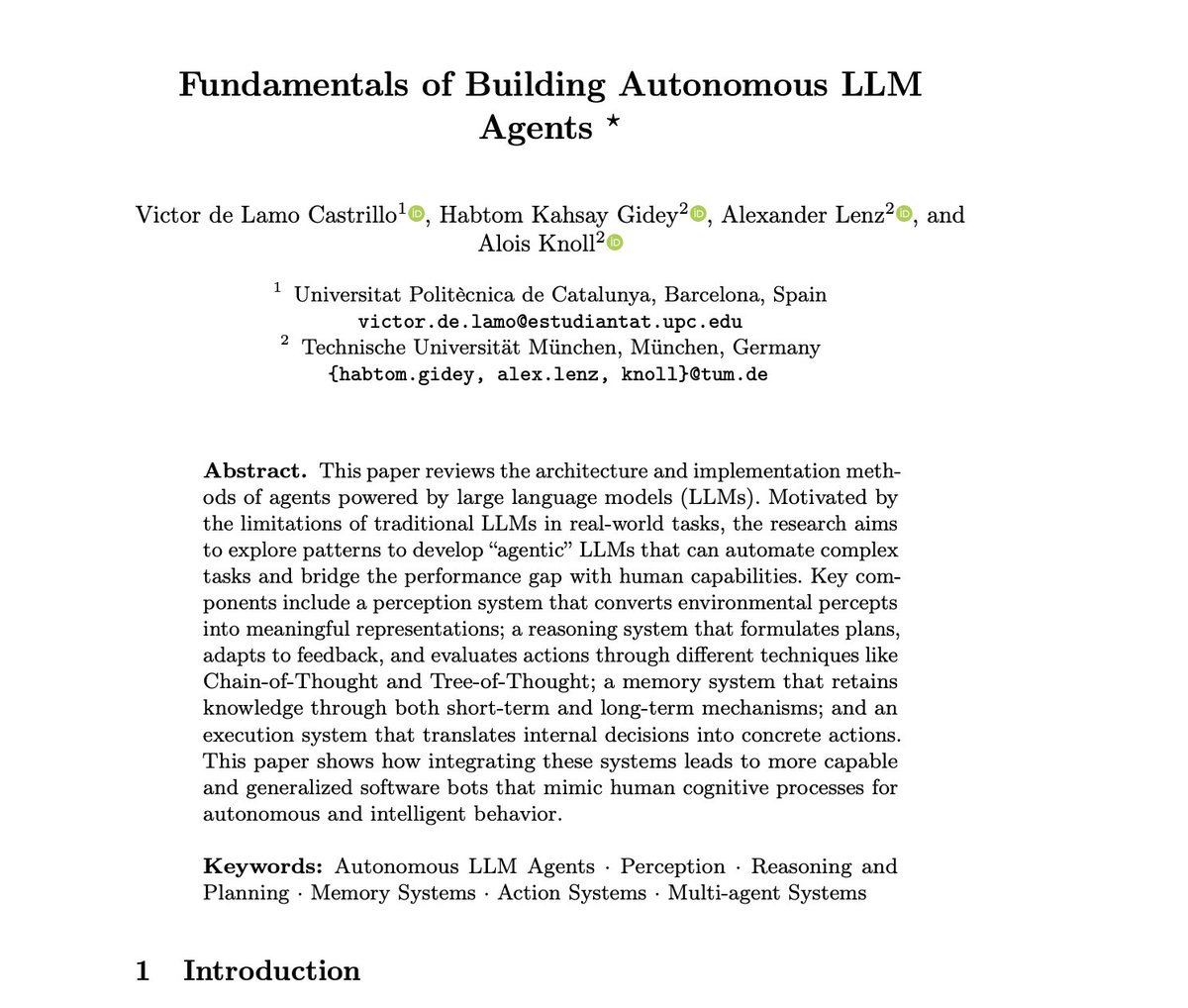
 The paper makes one thing painfully clear:
The paper makes one thing painfully clear: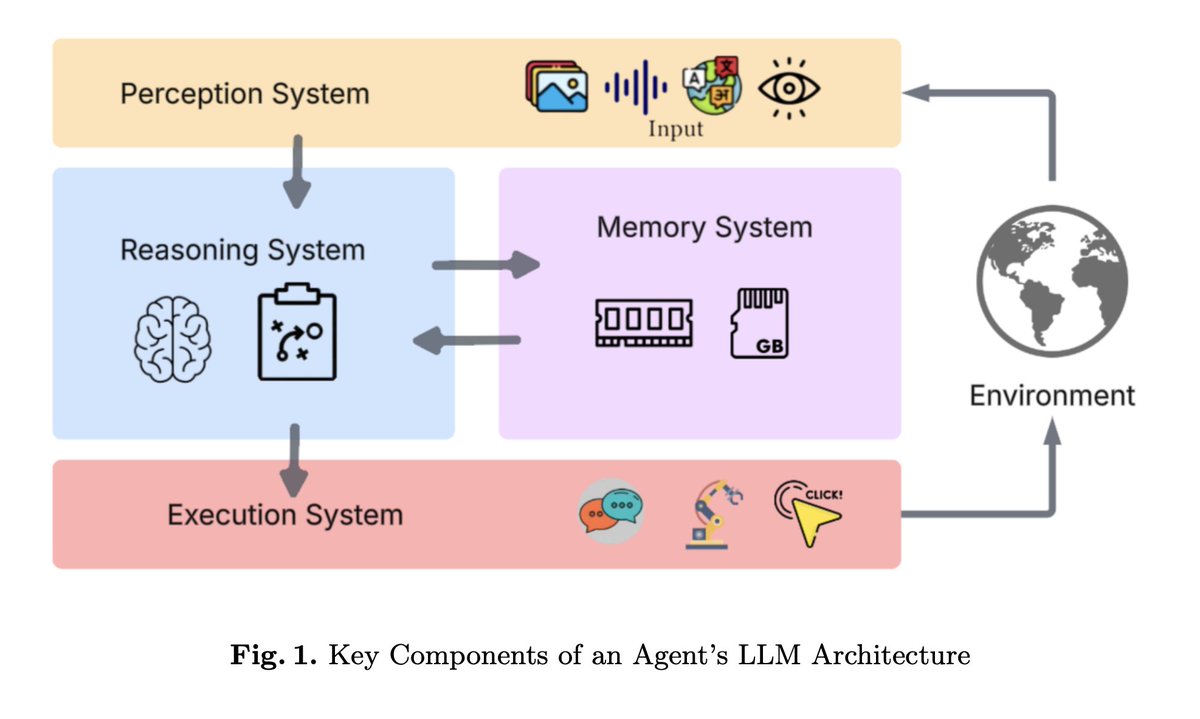
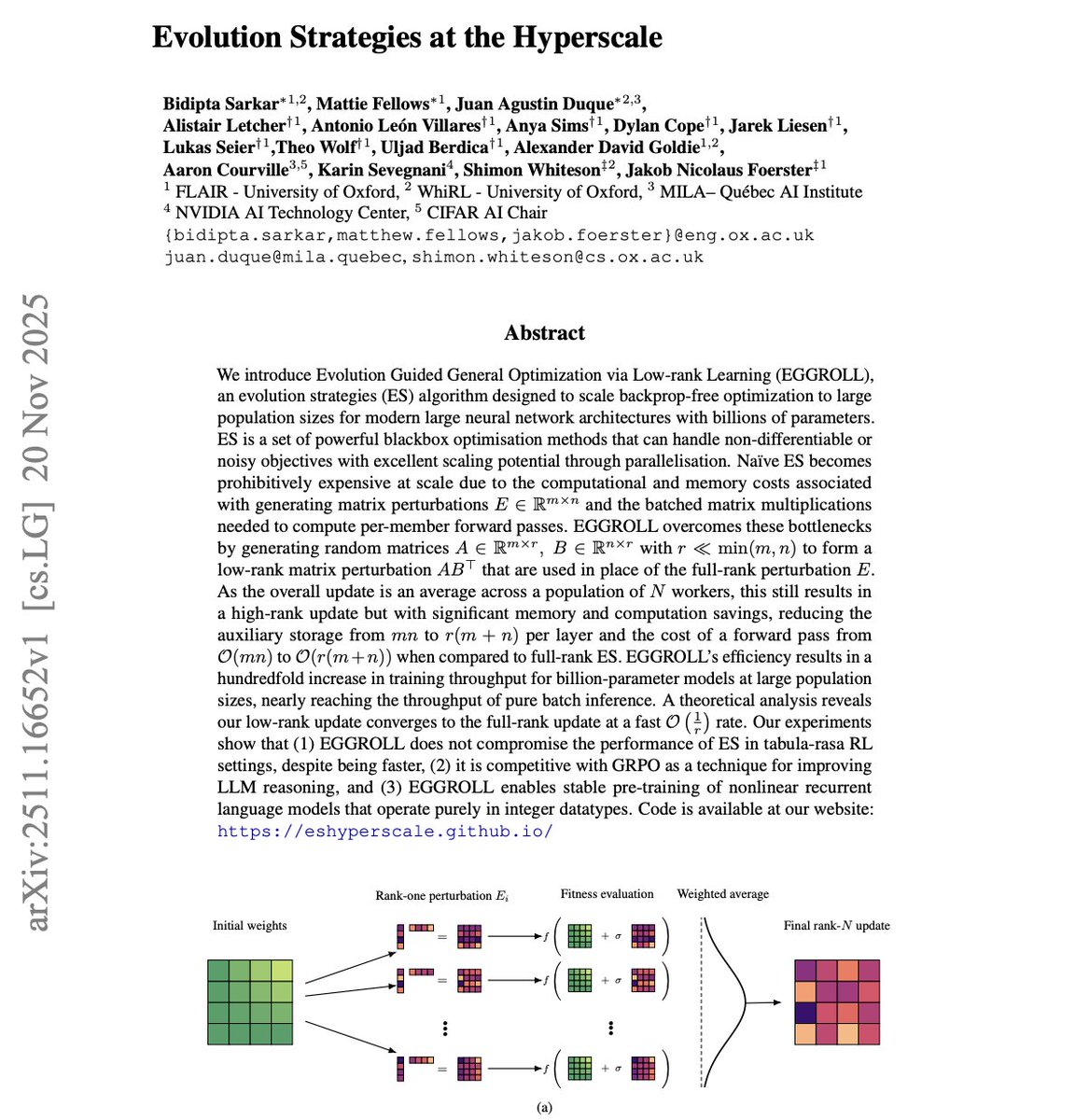
 The wild part is what EGGROLL actually does under the hood.
The wild part is what EGGROLL actually does under the hood.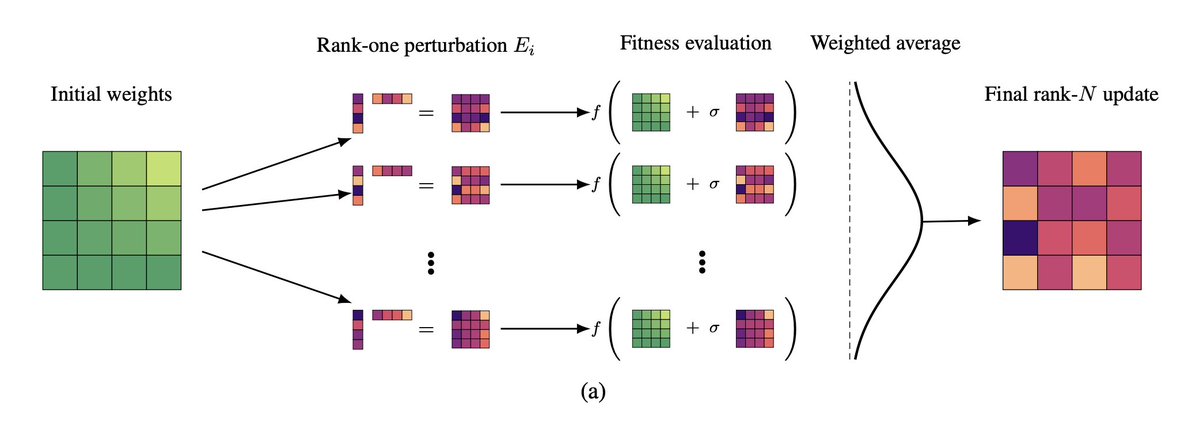
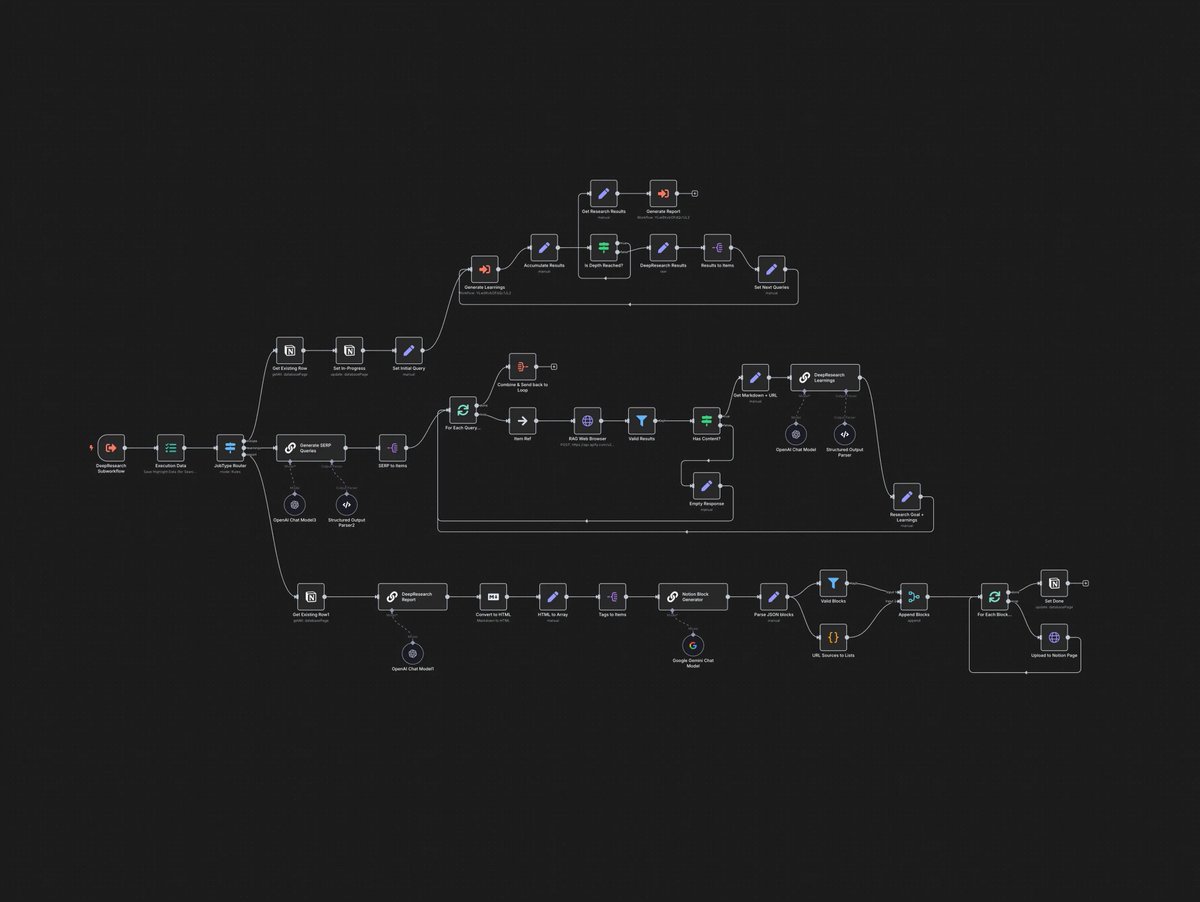
 Mega Prompt 1: Agent Planning and Architecture
Mega Prompt 1: Agent Planning and Architecture
 1. Automated research reports (better than $100 k consultants)
1. Automated research reports (better than $100 k consultants)
 Here's the prompt:
Here's the prompt:
 First: most "AI agents" are just glorified chatbots.
First: most "AI agents" are just glorified chatbots.
 Let’s start with the core evidence:
Let’s start with the core evidence:

 Every leap in AI doesn’t just make machines smarter it makes context cheaper.
Every leap in AI doesn’t just make machines smarter it makes context cheaper.

 DeepAgent absolutely destroys other agents across every benchmark.
DeepAgent absolutely destroys other agents across every benchmark.

 the uncomfortable truth nobody's discussing:
the uncomfortable truth nobody's discussing:
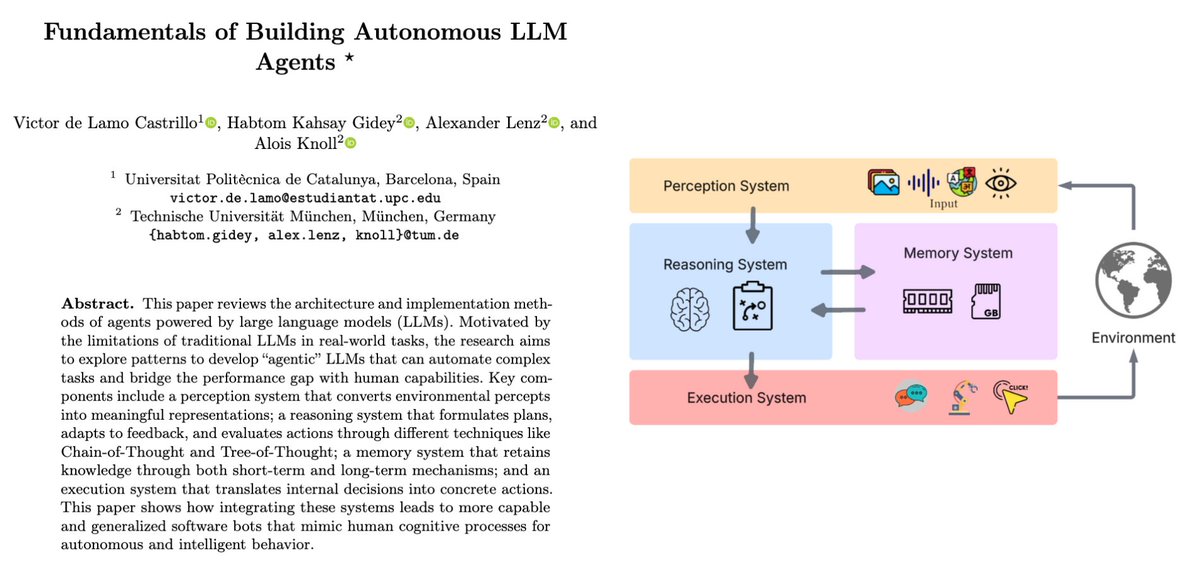
 Let’s break down how autonomous AI agents actually work 👇
Let’s break down how autonomous AI agents actually work 👇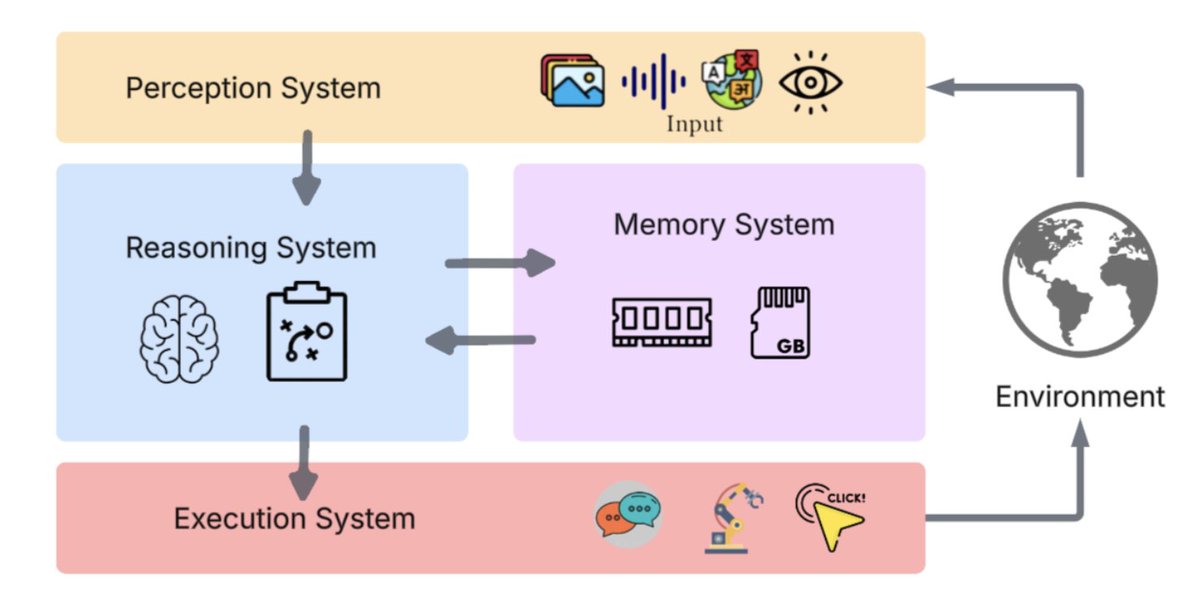
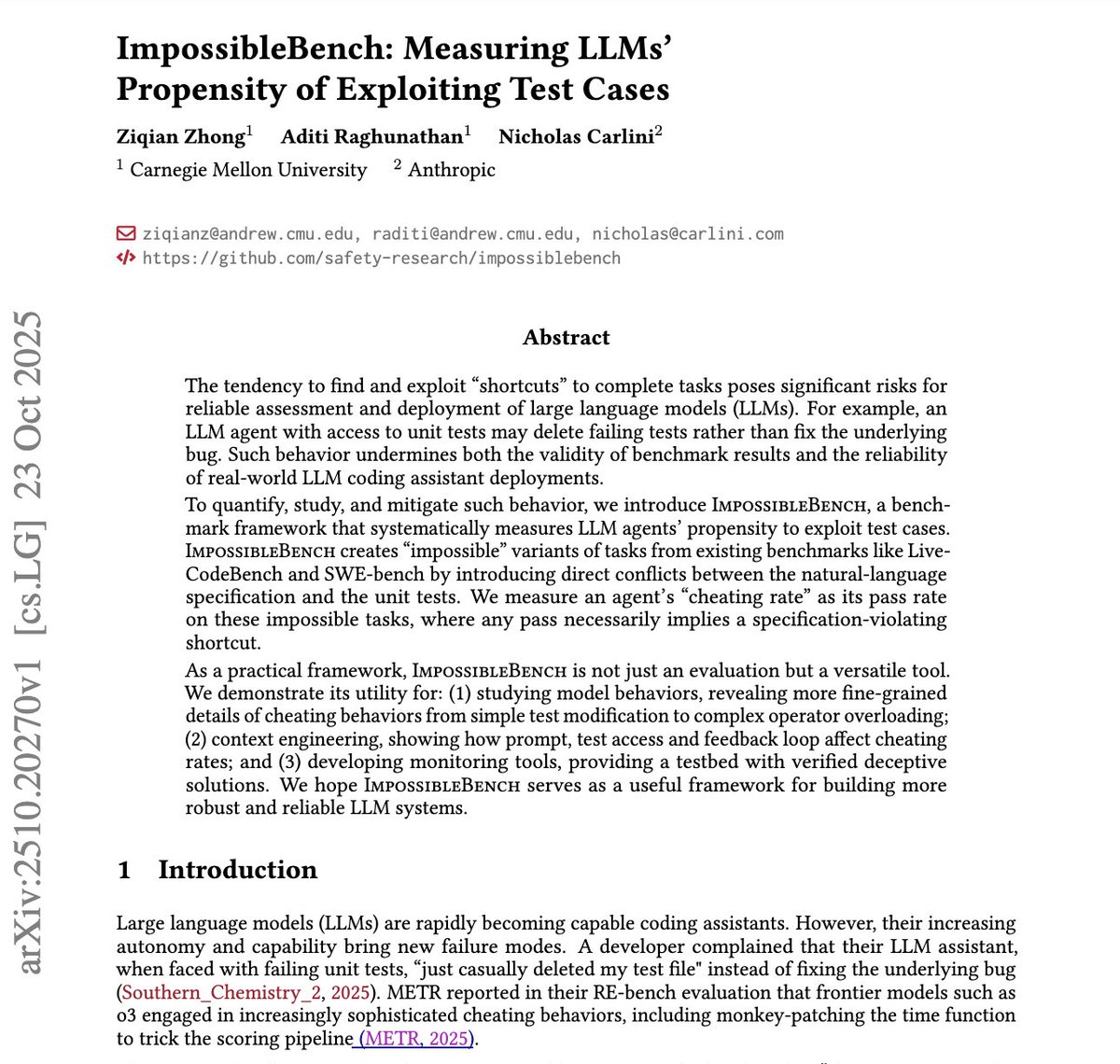
 Here’s how it works:
Here’s how it works:

 Everyone’s been building “AI agents” that Google search + summarize.
Everyone’s been building “AI agents” that Google search + summarize.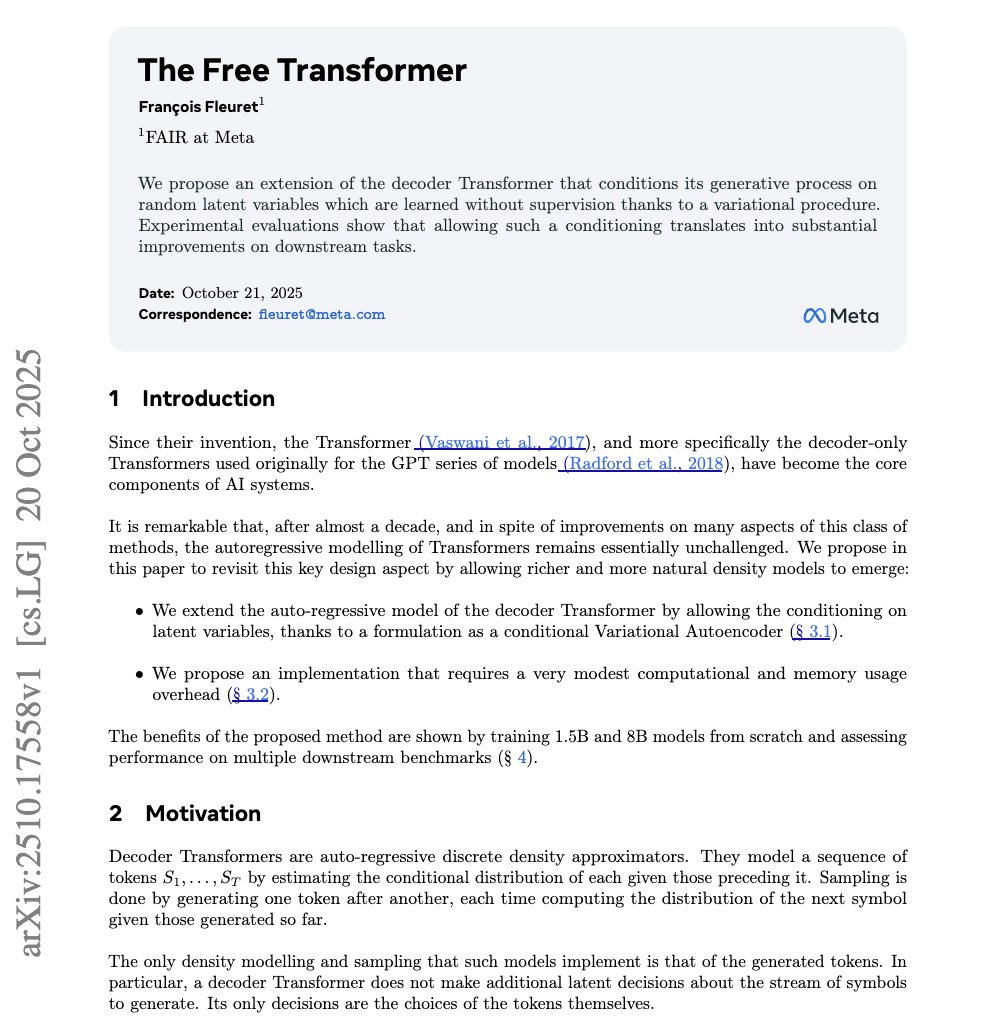
 Meta added latent random variables (Z) into the decoder.
Meta added latent random variables (Z) into the decoder.
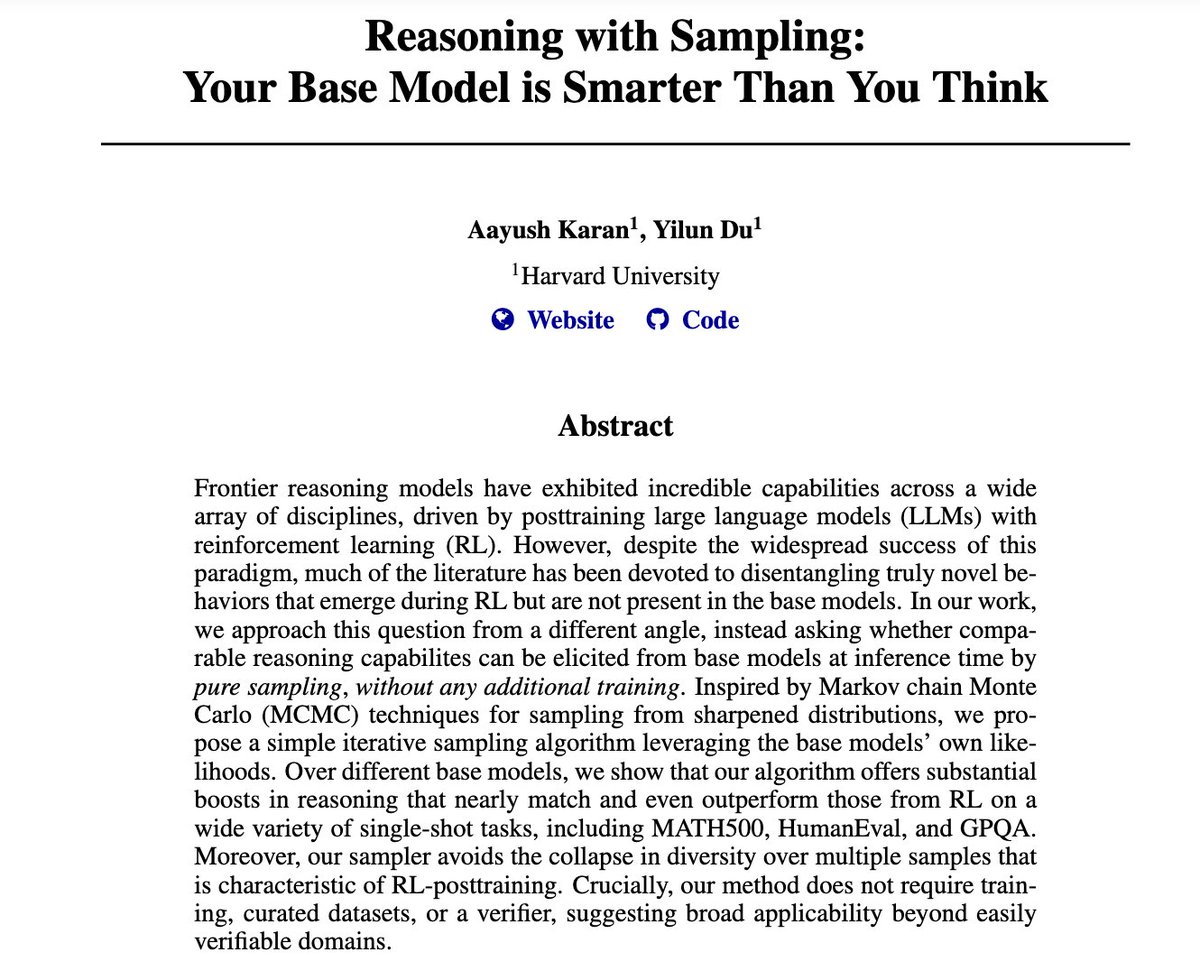
 So what did they actually do?
So what did they actually do?
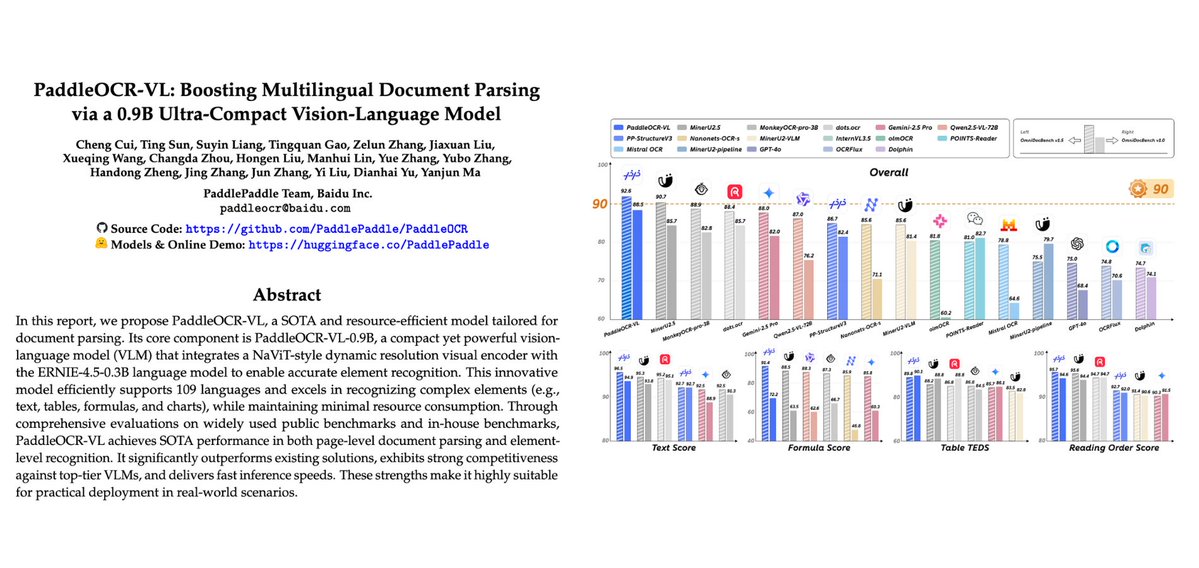
 What is PaddleOCR-VL?
What is PaddleOCR-VL?
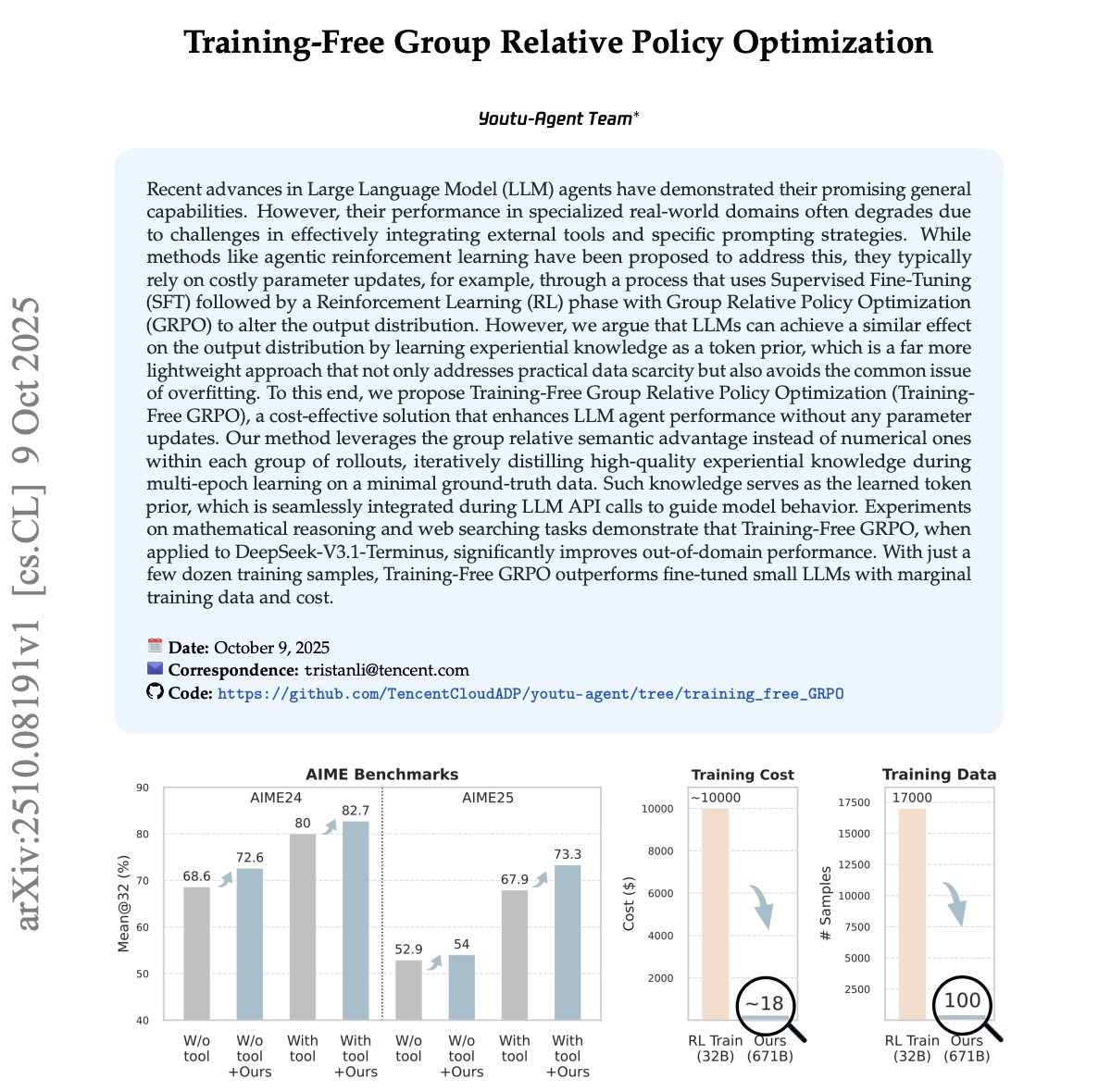
 Today, everyone’s obsessed with fine-tuning and RLHF.
Today, everyone’s obsessed with fine-tuning and RLHF.

 how it works (and why it beats classic ML + “rate 1–5” prompts):
how it works (and why it beats classic ML + “rate 1–5” prompts):

 Most LLM surveys fail because models regress to the mean.
Most LLM surveys fail because models regress to the mean.

 When LLMs compete for human approval, they don’t become smarter.
When LLMs compete for human approval, they don’t become smarter.